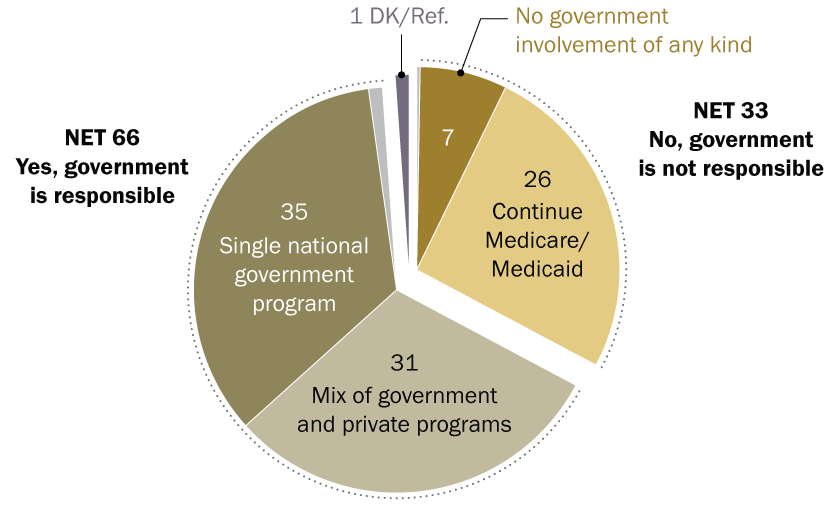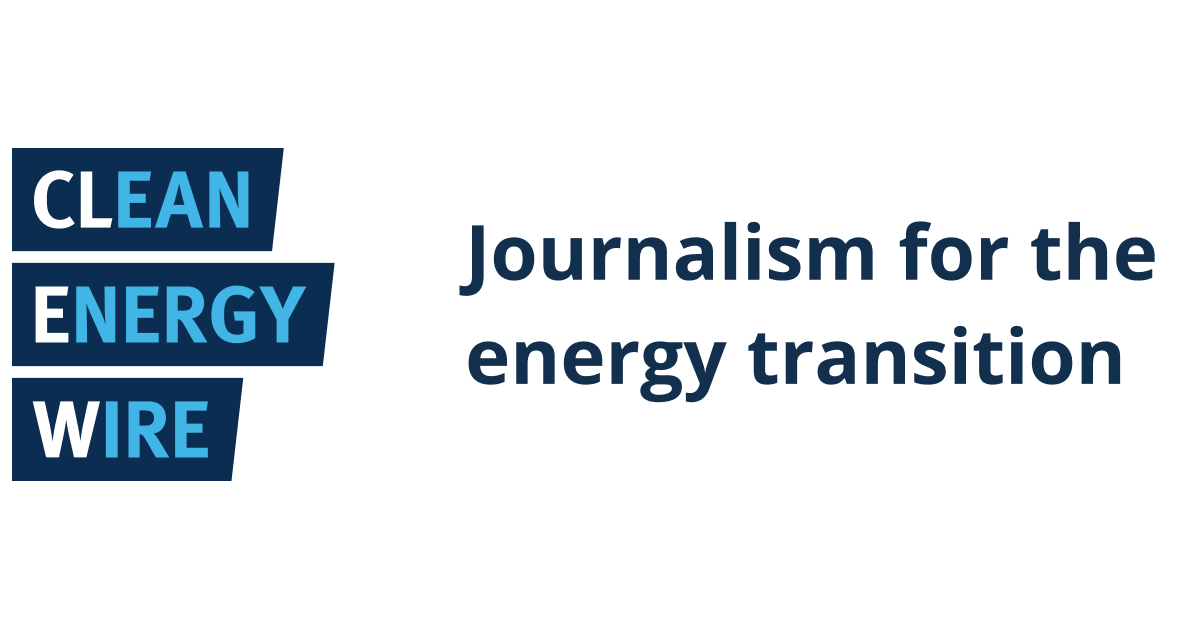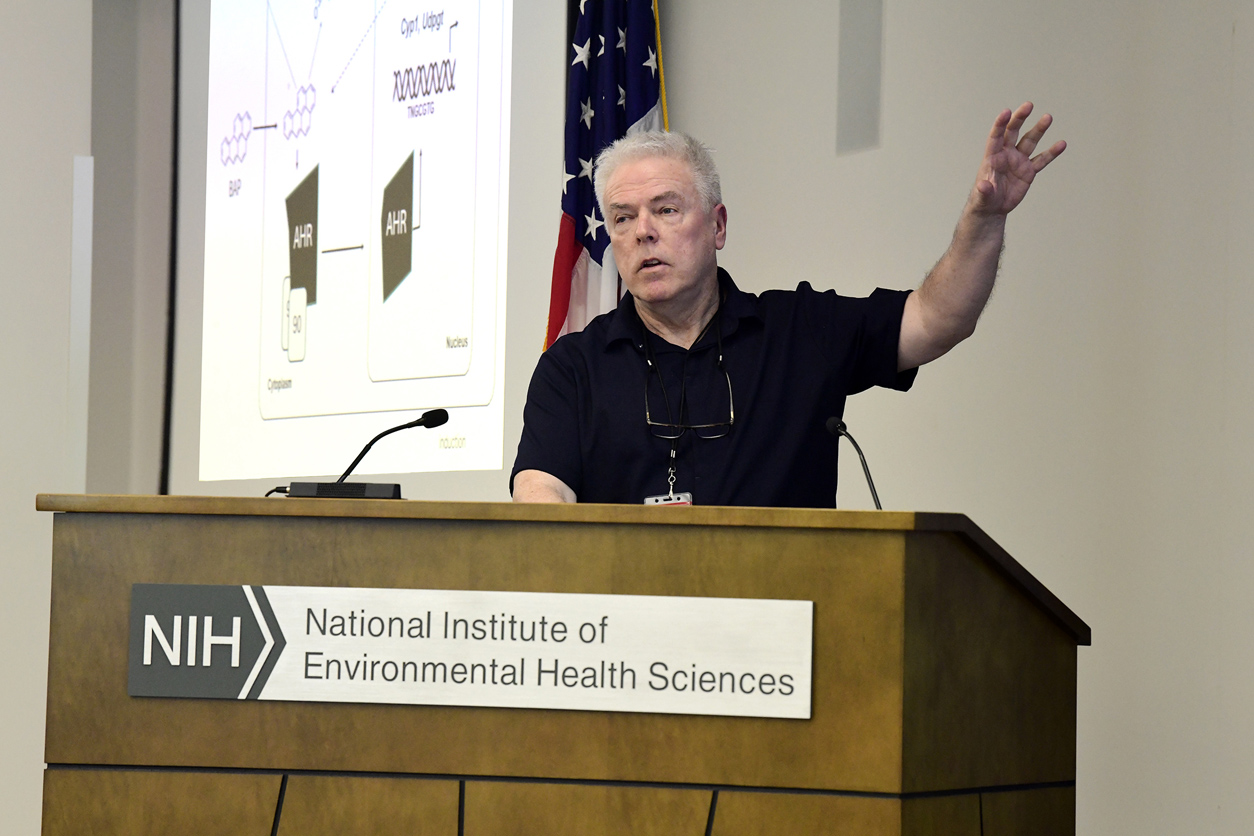Trane Launches AI Lab to Advance Building Energy Management and Sustainability Solutions – ESG Today

Trane Technologies Launches AI Lab to Advance Sustainable Development Goals in the Built Environment
Introduction: A Strategic Initiative for Global Sustainability
Trane Technologies has announced the establishment of the BrainBox AI Lab, a new initiative following the 2023 acquisition of BrainBox AI. The lab is dedicated to advancing Artificial Intelligence (AI) and HVAC technologies to significantly improve energy management and sustainability in buildings. This initiative directly addresses several United Nations Sustainable Development Goals (SDGs) by focusing on decarbonization and reducing the environmental impact of the built environment.
Core Objectives and Alignment with Sustainable Development Goals
The BrainBox AI Lab will serve as a center for research and development, aiming to establish new industry standards for autonomous building controls. Its primary objectives are intrinsically linked to achieving global sustainability targets.
- SDG 7: Affordable and Clean Energy: The lab’s central mission is to develop predictive models and algorithms that enable smarter, more efficient energy use, thereby increasing access to clean and modern energy services within commercial and residential infrastructure.
- SDG 11: Sustainable Cities and Communities: By optimizing energy consumption in buildings, the initiative contributes to making cities and human settlements more inclusive, safe, resilient, and sustainable. The focus on digital transformation for the built environment is key to this goal.
- SDG 13: Climate Action: A primary outcome of the lab’s work will be the reduction of greenhouse gas emissions through advanced energy optimization. This directly supports urgent action to combat climate change and its impacts.
Technological Innovation for Sustainable Infrastructure
The lab will concentrate on pioneering technologies designed to accelerate the transition to a low-carbon economy, reflecting a strong commitment to SDG 9: Industry, Innovation, and Infrastructure. Key areas of research and application include:
- Autonomous Control Systems: Developing AI-driven systems that autonomously manage HVAC operations to minimize energy waste and carbon footprint.
- Advanced Predictive Modeling: Utilizing AI to forecast energy needs and optimize system performance in real-time.
- Emerging AI Fields: Exploring agentic AI and physics-informed neural networks to create next-generation solutions for building management and decarbonization.
Operational Framework and Collaborative Partnerships
The initiative is structured around a multidisciplinary team and a set of guiding principles that ensure responsible and impactful innovation. This framework underscores a commitment to SDG 17: Partnerships for the Goals.
- Multidisciplinary Expertise: The lab will host a diverse team of software engineers, data scientists, AI researchers, and machine learning developers.
- Ethical and Responsible AI: Safeguards and ethical principles will be embedded into the design, development, and deployment of all solutions.
- Academic and Research Collaboration: The lab will actively partner with universities and researchers to advance scientific discovery in AI-driven energy management.
- Market-Ready Solutions: A core principle is the rapid translation of research and discoveries into practical applications that support global energy and emissions reduction targets.
According to Riaz Raihan, Chief Digital Officer at Trane Technologies, the lab is a crucial element in the company’s strategy to meet the growing demand for solutions that reduce energy, emissions, and operational costs, thereby creating a positive impact for customers and contributing to global sustainability efforts.
1. Which SDGs are addressed or connected to the issues highlighted in the article?
The article on Trane Technologies’ launch of the BrainBox AI Lab highlights initiatives that are directly connected to several Sustainable Development Goals. The primary focus on improving energy management, reducing emissions, and advancing sustainable technology in buildings touches upon the following SDGs:
- SDG 7: Affordable and Clean Energy: The core mission of the BrainBox AI Lab is to use AI to “reduce energy consumption” and create “smarter energy use,” which directly supports the goal of improving energy efficiency.
- SDG 9: Industry, Innovation and Infrastructure: The article centers on innovation by establishing a research lab to advance “AI and HVAC technologies.” It focuses on upgrading the “built environment” with sustainable solutions, which aligns with building resilient infrastructure and fostering innovation.
- SDG 11: Sustainable Cities and Communities: By aiming to improve sustainability in buildings, the initiative contributes to making urban environments more sustainable. The focus on reducing energy consumption and emissions in buildings directly lessens the environmental impact of cities.
- SDG 13: Climate Action: The initiative’s stated goals of helping building owners “accelerate decarbonization,” “reducing emissions,” and achieving a “reduction of global carbon emissions” are direct actions to combat climate change and its impacts.
2. What specific targets under those SDGs can be identified based on the article’s content?
Based on the article’s content, several specific SDG targets can be identified:
SDG 7: Affordable and Clean Energy
- Target 7.3: “By 2030, double the global rate of improvement in energy efficiency.”
- Explanation: The article states that the new AI Lab aims to advance technologies for “smarter energy use” and “reduce energy consumption.” The development of “autonomous control systems, predictive models, and algorithms” is specifically designed to improve energy efficiency in HVAC systems, which are major energy consumers in buildings. This directly contributes to the goal of improving energy efficiency.
SDG 9: Industry, Innovation and Infrastructure
- Target 9.4: “By 2030, upgrade infrastructure and retrofit industries to make them sustainable, with increased resource-use efficiency and greater adoption of clean and environmentally sound technologies and industrial processes…”
- Explanation: The initiative focuses on the “digital transformation for the built environment” by developing AI-based tools. These tools are described as “clean and environmentally sound technologies” aimed at making buildings (a key part of infrastructure) more sustainable and resource-efficient. The acquisition of BrainBox AI and the creation of the lab are efforts to accelerate the adoption of these technologies.
SDG 11: Sustainable Cities and Communities
- Target 11.6: “By 2030, reduce the adverse per capita environmental impact of cities…”
- Explanation: The article’s focus on reducing energy consumption and emissions in buildings directly addresses the environmental impact of urban areas. By creating solutions that “accelerate decarbonization” in the “built environment,” the initiative helps reduce the overall carbon footprint of cities, thus lowering their adverse environmental impact.
SDG 13: Climate Action
- Target 13.2: “Integrate climate change measures into national policies, strategies and planning.”
- Explanation: While the article discusses a corporate initiative, the technologies developed are tools that enable the integration of climate action at the building and business strategy level. The goal to “support energy optimization and reduction of global carbon emissions” provides a practical mechanism for companies and building owners to implement climate change measures, aligning with the broader objective of this target.
3. Are there any indicators mentioned or implied in the article that can be used to measure progress towards the identified targets?
The article implies several indicators that can be used to measure progress towards the identified targets, even if official UN indicator codes are not mentioned.
For Target 7.3 (Energy Efficiency)
- Implied Indicator: Reduction in energy consumption in buildings.
- Explanation: The article repeatedly mentions the goal to “reduce energy consumption.” The effectiveness of the AI and HVAC technologies developed by the lab can be directly measured by the percentage of energy savings achieved in buildings where the solutions are deployed.
For Target 9.4 (Sustainable Infrastructure/Tech)
- Implied Indicator: Adoption rate of AI-driven optimization tools in the built environment.
- Explanation: The article discusses turning “ideas and discoveries into ready-to-use products and applications.” Progress can be measured by the number of buildings or the total square footage of commercial space that adopts these new AI technologies for energy management and decarbonization.
For Target 11.6 (Reduce Environmental Impact of Cities)
- Implied Indicator: Reduction of carbon emissions from buildings.
- Explanation: The article explicitly states the goal is to “accelerate decarbonization” and achieve a “reduction of global carbon emissions.” A key performance indicator for the initiative would be the quantifiable amount of CO2 (or CO2 equivalent) emissions reduced from the buildings using the BrainBox AI technology.
For Target 13.2 (Climate Action Integration)
- Implied Indicator: Development of new AI technologies that support decarbonization.
- Explanation: The article highlights the lab’s focus on creating “AI technologies that support energy optimization and reduction of global carbon emissions.” The number and sophistication of new algorithms, predictive models, and autonomous systems developed by the lab serve as a direct indicator of progress in creating tools for climate action.
4. Create a table with three columns titled ‘SDGs, Targets and Indicators” to present the findings from analyzing the article. In this table, list the Sustainable Development Goals (SDGs), their corresponding targets, and the specific indicators identified in the article.
| SDGs | Targets | Indicators |
|---|---|---|
| SDG 7: Affordable and Clean Energy | Target 7.3: By 2030, double the global rate of improvement in energy efficiency. | Reduction in energy consumption and improvement in energy efficiency in buildings. |
| SDG 9: Industry, Innovation and Infrastructure | Target 9.4: By 2030, upgrade infrastructure and retrofit industries to make them sustainable… with greater adoption of clean and environmentally sound technologies. | Adoption rate of AI-driven optimization tools in the built environment. |
| SDG 11: Sustainable Cities and Communities | Target 11.6: By 2030, reduce the adverse per capita environmental impact of cities. | Reduction of carbon emissions from buildings contributing to a lower city-wide environmental impact. |
| SDG 13: Climate Action | Target 13.2: Integrate climate change measures into national policies, strategies and planning. | Development and deployment of new AI technologies that support the reduction of global carbon emissions. |
Source: esgtoday.com

What is Your Reaction?
 Like
0
Like
0
 Dislike
0
Dislike
0
 Love
0
Love
0
 Funny
0
Funny
0
 Angry
0
Angry
0
 Sad
0
Sad
0
 Wow
0
Wow
0
























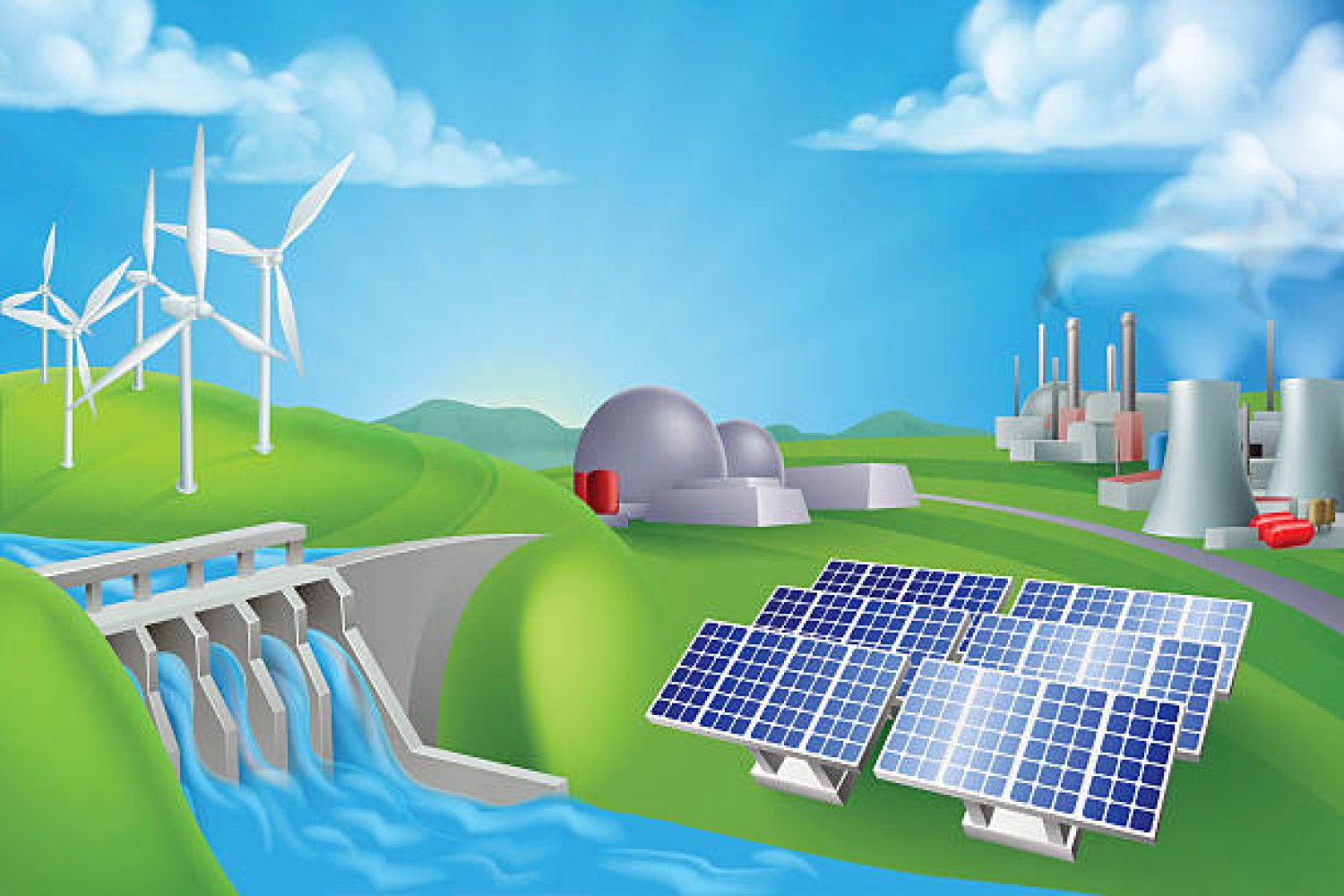










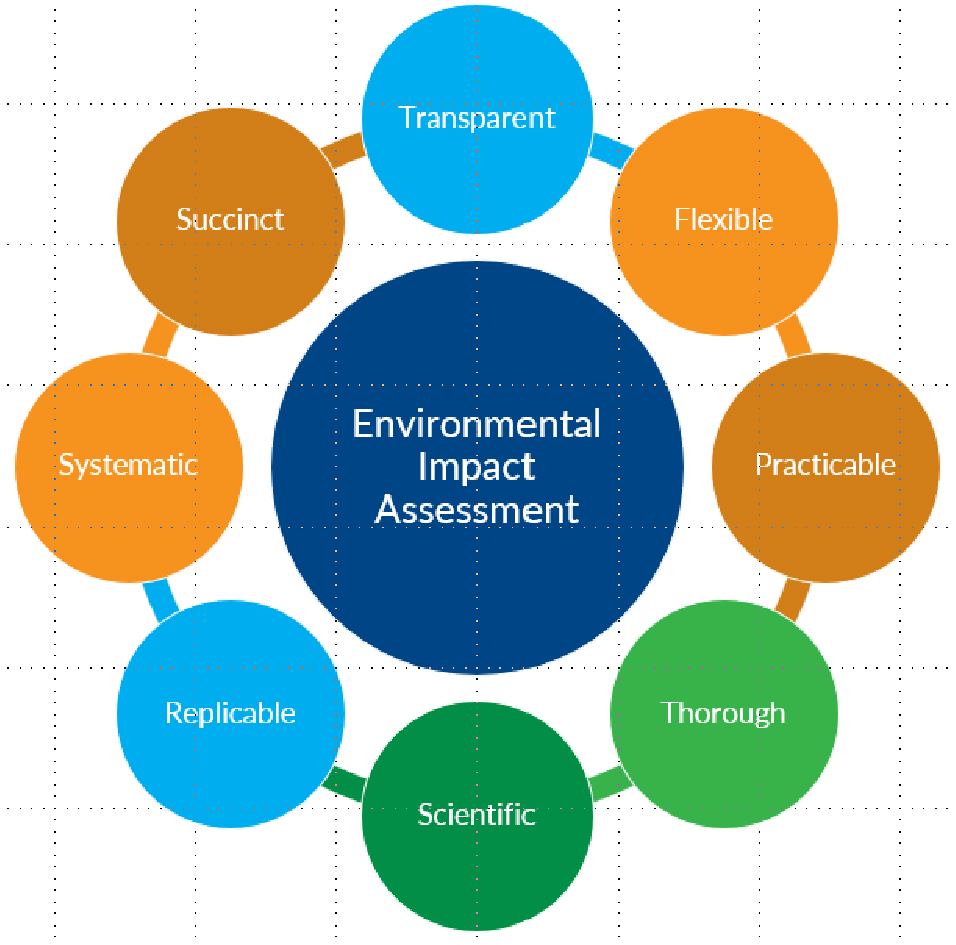
















.jpg.webp?itok=0ZsAnae9#)





